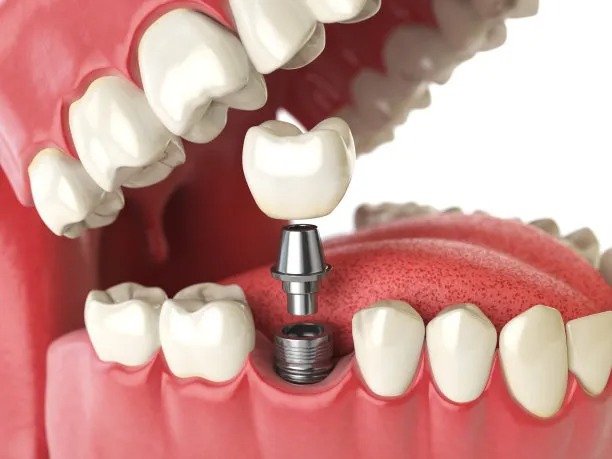The Essential Guide to Understanding the Process and Aftercare of Extracting a Tooth Safely and Effectively
Summary: Extracting a tooth can seem daunting, but understanding the process and aftercare involved can significantly ease the anxiety. This essential guide provides an overview of the entire tooth extraction process, dividing it into four key aspects: preparation for the procedure, the extraction process itself, post-extraction care, and signs of potential complications. Each segment aims to deliver crucial insights and information necessary for both patients and dental professionals. By grasping these elements, individuals can ensure that their experience is safe, effective, and equipped with knowledge for a smoother recovery.
1. Preparing for Tooth Extraction Procedures

Preparation is key to ensuring a smooth tooth extraction experience. When a patient decides to proceed with extraction, the dentist will conduct a thorough examination, including imaging tests like x-rays. This step helps in assessing the tooth’s condition and surrounding structures, which can guide the extraction method used.
Patients should communicate openly about their medical history, including any medications theyre taking, allergies, and previous dental procedures. This information allows dental professionals to devise a tailored treatment plan that minimizes risks during the extraction.
Pre-operative instructions are also vital. Dentists may advise patients to avoid certain medications, particularly blood thinners, before the procedure. Additionally, fasting might be required prior to sedation, ensuring that the process happens without complications.
2. The Extraction Process Explained
The actual tooth extraction process can be categorized into two types: simple and surgical. A simple extraction is typically performed on a visible tooth that can be easily removed, while a surgical extraction is necessary for teeth that are not easily accessible, such as impacted wisdom teeth.
During a simple extraction, local anesthesia is administered to numb the area around the tooth. The dentist then uses specialized instruments to loosen the tooth from its socket before gently removing it. For surgical extractions, sedation or general anesthesia may be employed, especially if more complex techniques are required.
Post-extraction bleeding is normal, as the dentist will place gauze over the extraction site to control it. Patients are instructed to apply gentle pressure and avoid disturbing the area. Understanding this helps in alleviating any worries about excessive bleeding after the procedure.
3. Care After Tooth Extraction
Post-operative care is crucial for speeding up recovery and ensuring good healing. After the extraction, patients are advised to continue using gauze for a few hours to help form a blood clot at the extraction site. Changing the gauze as needed is important in this process.
Patients should also adhere to a soft food diet for at least the first few days after the procedure. Soft foods like yogurt, applesauce, and mashed potatoes can minimize discomfort while providing nutritional value.
In addition, maintaining proper oral hygiene is essential. However, patients should avoid rinsing their mouths vigorously or using straws for the first 24 hours to prevent dislodging the clot, which can lead to a painful condition called dry socket. Gentle brushing of the teeth and tongue can still be performed, but caution is necessary around the extraction site.
4. Recognizing Complications Post-Extraction
While most tooth extractions result in straightforward recoveries, complications can arise. One of the common risks post-extraction is dry socket, which occurs when the blood clot fails to form or becomes dislodged. Symptoms include severe pain and an unpleasant taste in the mouth.
In addition to dry socket, infection at the extraction site can occur, characterized by swelling, persistent pain, or discharge. If any of these symptoms are observed, it is crucial to contact a dental professional immediately for assessment and possible treatment.
Bleeding that does not subside after a few hours may also indicate a complication. Continuous bleeding, especially if it seems excessive, warrants immediate medical attention to prevent further issues.
Summary: In summary, understanding the process of tooth extraction and the necessary aftercare can greatly alleviate the worries associated with this common dental procedure. From preparing for the extraction to recognizing potential complications, patients can cultivate a smoother recovery experience. Relying on professional guidance and following post-operative instructions ensures that healing occurs without incident.
This article is compiled by Vickong Dental and the content is for reference only.



